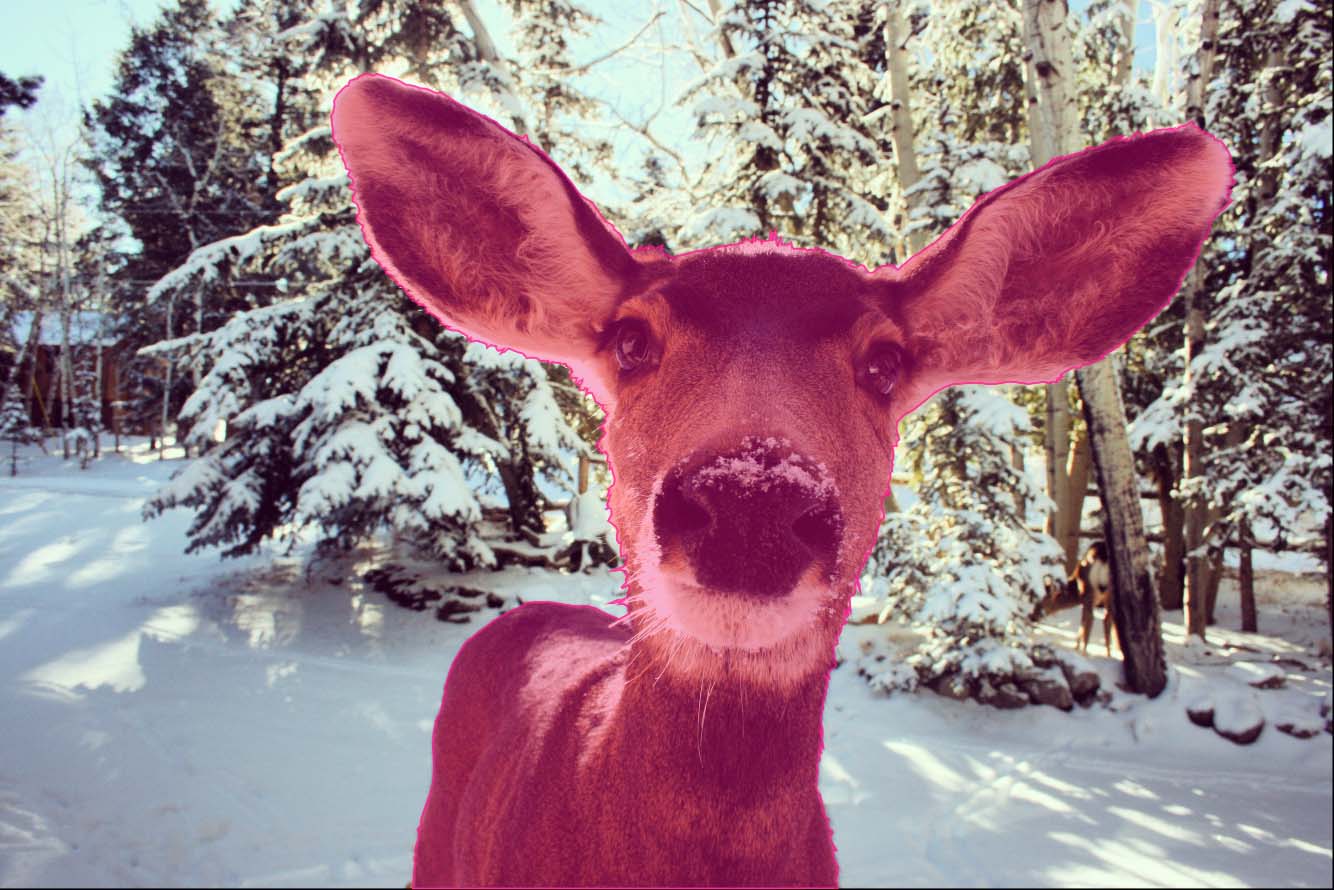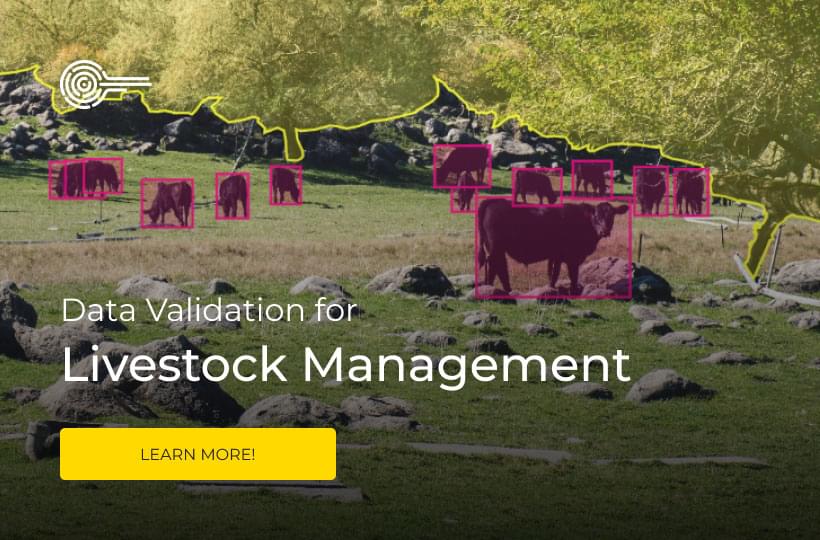How to Teach Automotive AI to Recognize Animals: Machine learning Data Annotation

Wildlife-vehicle collision (WVC) prevention systems are becoming increasingly popular. More people are aware of their importance. These systems can train cars to identify and avoid animals on the road. It helps prevent accidents and save lives.
The main goal of wildlife detection is to warn drivers or self-driving vehicles. This way, they can take action before a collision occurs. But, high-quality machine learning data annotation is necessary for them to work correctly.
The ability to identify and classify wildlife on the roadways is a critical component of autonomous vehicle (AV) technology. Collecting data for wildlife-vehicle collision prevention systems can be a challenge. Wildlife is difficult to capture, track, and predict. With the rise of self-driving cars, the ability to recognize and avoid animals is critical.
Factors impacting WVC accuracy
Knowing what factors can impact the accuracy of wildlife detection systems is essential. Some include road features, weather conditions, and human/animal behavior. If a system relies on data from previous years or uses outdated datasets, it will not function as well as it could. Several factors can impact the accuracy of WVC systems, such as:
- Road features – Wildlife detection is more challenging in heavily forested areas
- Weather – Snow, ice, and other weather conditions affect the accuracy
- Human behavior – Drivers may react unpredictably
- Animal behavior – Animal behavior is rarely predictable
Many animal identification systems don't use cutting-edge datasets or novel machine-learning techniques. But by utilizing the most recent datasets and machine learning data annotation methods, developers can reduce false detection and enhance model performance.

Selecting a machine-learning model
The first step is to decide what kind of machine-learning model you want to use for animal detection:
- A convolutional neural network (CNN) – can detect objects in images but may not be as accurate as other models.
- A recurrent neural network (RNN) – can process sequential data such as video frames. But, RNNs are challenging to train and have high computational requirements.
- You could also use reinforcement learning (RL). In this case, your goal would be to train the system to drive safely and avoid accidents with animals. However, RL requires more time than other methods. Each action involves training over multiple cycles before implementing it into your model.
You can use a machine learning toolkit to create an object detection model based on labeled images.
Data collection for wildlife-vehicle collision prevention systems
The next step is to gather a dataset of images, videos, and descriptions of the animals you want AI to recognize. This database could include images of animals in forests and various lighting conditions. It will leverage intelligent systems. You must collect data in multiple situations. Include day and night, different seasons, weather events, and other scenarios.
You can use existing datasets, drones, remote observation methods, and equip a vehicle with cameras. For example, area-cover systems detect wildlife on the ground. Break-the-beam systems are similar but are located in vehicles. The combined data helps teach machines how to see and avoid animal collisions.
Area cover systems include:
- Active and passive infrared sensors
- Video sensors
- Radar
- Thermal cameras
- Microwave radio sensors
- Roadside cameras or LIDARs (Light Detection and Ranging) - Sensors detect animals. They warn the driver about potential collisions
Break-the-beam systems include:
- Infrared-beams
- Lasers
- Microwave radio signal transmitters and receivers
After you've collected enough data, you need to label it. Use a deep neural network or convolutional neural network algorithm. Then, the machine learning system can learn from it. It can determine which features make up an animal's appearance. Or how far away it is from the vehicle and whether it poses a collision threat. You'll create a set of labels for each image or a video frame from your collection.
How to label datasets for WVC prevention systems
To train the model, you'll need to collect a set of images that contain both animals and non-animals. This way, your model learns what characteristics to associate with each category.
You can use human data annotators to label each image or video based on what type of animal it shows (e.g., "This is a dog"). Using their shape, color, and texture, you can also use machine learning algorithms to tell different kinds of animals apart. Or, you can automate machine learning data annotation.
Create a training set from these labeled images
Machine learning models predict whether or not an object detected by sensors is an animal. You will also need to choose an algorithm for training your model and identifying features within each image. For example, you could include color histograms. You could also have information about the distance between pixels and how they cluster together, called "skews."
Your dataset should include images of animals in various poses. Include anything else that might appear in videos taken while driving on public roads—for example, standing still, walking, or running away from the camera. You'll also need images of other objects like cars, trucks, trees, and buildings.
Teaching automotive AI how to recognize animals on the road is easier than teaching it how to react appropriately in the case of an unavoidable collision. For example, if it's a deer, you can use data from previous collisions involving deer to help your AI make decisions.
Test the model
The next step is to train your model by feeding it data from labeled images of animals. After training and optimizing the model, you can test it on unlabeled data to see how well it performs at predicting whether or not an object detected by sensors is an animal. Finally, you can test your AI by subjecting it to simulations where it must decide what action to take if a collision with wildlife is inevitable.

Final Thoughts
Wildlife-vehicle collision prevention systems are essential to many self-driving vehicles and driver assistance systems. These systems use data to detect wildlife on the road and make decisions for the car based on that detection.
Training these systems to detect wildlife accurately and make decisions for self-driving vehicles and driver assistance systems is a complex process that requires a lot of time, effort, and resources. Keymakr can help simplify and accelerate the process with professional machine-learning data annotations.



